This Astrophysicist Is Unlocking The Secrets Of Dark Matter
This astrophysicist is unlocking the secrets of dark matter
by Daryle Lockhart
Nico Cappelluti is an assistant professor in the Physics Department and an astrophysicist at the University of Miami. As such, he studies the sky. He is most intrigued by the cosmic phenomena of supermassive black holes, the nature of dark matter, and the very bright light source found at the center of many galaxies - active galactic nuclei.

Recently, Cappelluti published findings in The Astrophysical Journal entitled, “Searching for the 3.5 keV line in the deep fields with Chandra: the 10 MS observations”. His findings could give insight into a subject astrophysicists have been investigating for decades: What is dark matter and where does it come from?
Keep reading
More Posts from Primordialbitch and Others

Extinct tree grows anew from ancient jar of seeds unearthed by archaeologists
by Stephen Messenger
“For thousands of years, Judean date palm trees were one of the most recognizable and welcome sights for people living in the Middle East — widely cultivated throughout the region for their sweet fruit, and for the cool shade they offered from the blazing desert sun.
From its founding some 3,000 years ago, to the dawn of the Common Era, the trees became a staple crop in the Kingdom of Judea, even garnering several shout-outs in the Old Testament. Judean palm trees would come to serve as one of the kingdom’s chief symbols of good fortune; King David named his daughter, Tamar, after the plant’s name in Hebrew.
By the time the Roman Empire sought to usurp control of the kingdom in 70 AD, broad forests of these trees flourished as a staple crop to the Judean economy — a fact that made them a prime resource for the invading army to destroy. Sadly, around the year 500 AD, the once plentiful palm had been completely wiped out, driven to extinction for the sake of conquest.
In the centuries that followed, first-hand knowledge of the tree slipped from memory to legend. Up until recently, that is.
During excavations at the site of Herod the Great’s palace in Israel in the early 1960’s, archeologists unearthed a small stockpile of seeds stowed in a clay jar dating back 2,000 years. For the next four decades, the ancient seeds were kept in a drawer at Tel Aviv’s Bar-Ilan University. But then, in 2005, botanical researcher Elaine Solowey decided to plant one and see what, if anything, would sprout.
“I assumed the food in the seed would be no good after all that time. How could it be?“ said Solowey. She was soon proven wrong.
Amazingly, the multi-millennial seed did indeed sprout — producing a sapling no one had seen in centuries, becoming the oldest known tree seed to germinate.
Today, the living archeological treasure continues to grow and thrive; In 2011, it even produced its first flower — a heartening sign that the ancient survivor was eager to reproduce. It has been proposed that the tree be cross-bred with closely related palm types, but it would likely take years for it to begin producing any of its famed fruits. Meanwhile, Solowey is working to revive other age-old trees from their long dormancy.”
***Does anyone in the know have any comments?
(Source: Tree Hugger)

in mesopotamia there were no 'cover letters' or 'curriculum vitaes'. there were just, pots.
How do blackholes form and how do they move ?
Unveiling the Center of Our Milky Way Galaxy

We captured an extremely crisp infrared image of the center of our Milky Way galaxy. Spanning more than 600 light-years, this panorama reveals details within the dense swirls of gas and dust in high resolution, opening the door to future research into how massive stars are forming and what’s feeding the supermassive black hole at our galaxy’s core.

Among the features coming into focus are the jutting curves of the Arches Cluster containing the densest concentration of stars in our galaxy, as well as the Quintuplet Cluster with stars a million times brighter than our Sun. Our galaxy’s black hole takes shape with a glimpse of the fiery-looking ring of gas surrounding it.
The new view was made by the world’s largest airborne telescope, the Stratospheric Observatory for Infrared Astronomy, or SOFIA.
Make sure to follow us on Tumblr for your regular dose of space: http://nasa.tumblr.com.
TRAILER: “FANTASTIC PLANET” (1973)
Also known as “la Planète sauvage”, this film is an animated story that follows the relationship between the small human-like Oms and their blue-skinned oppressors, the Draags, who rule the planet of Ygam. While the Draags have long kept Oms as illiterate pets, this hierarchy shifts after an Om boy becomes educated, thanks to a young female Draag. This leads to an Om rebellion, which weakens the Draag control over their race. Will the Oms and the Draags find a way to coexist? Or will they destroy each other?

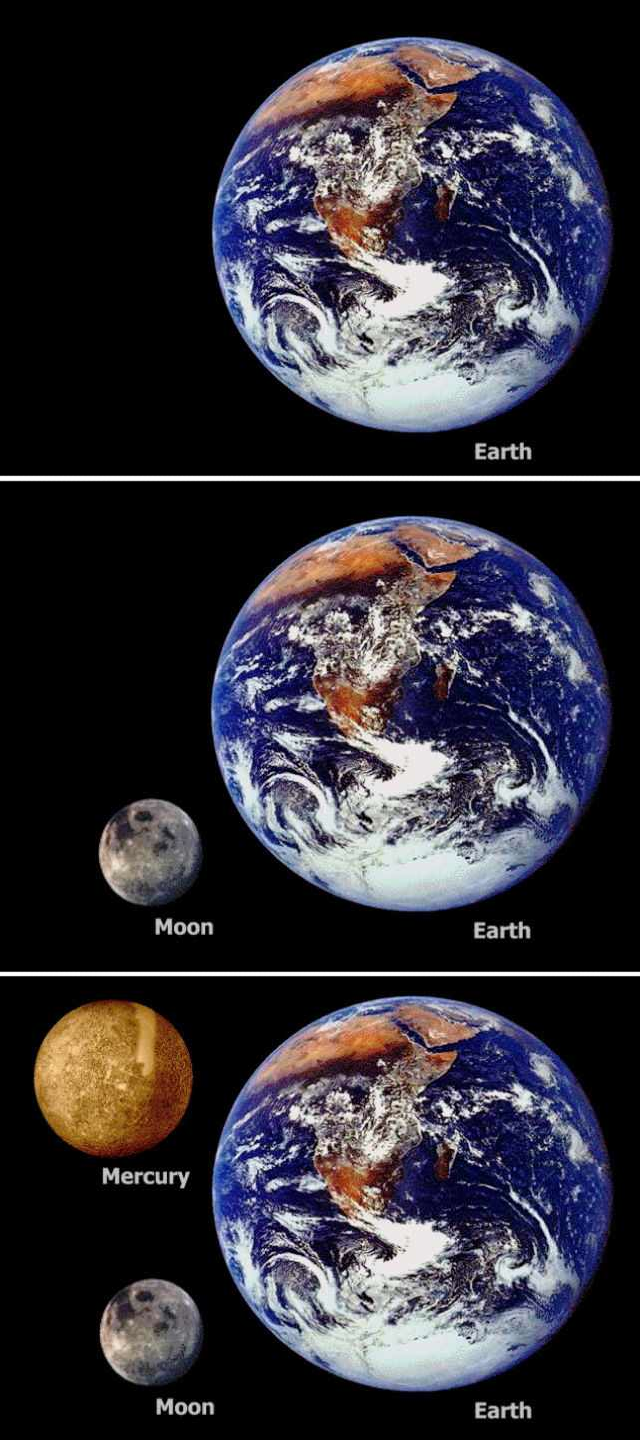
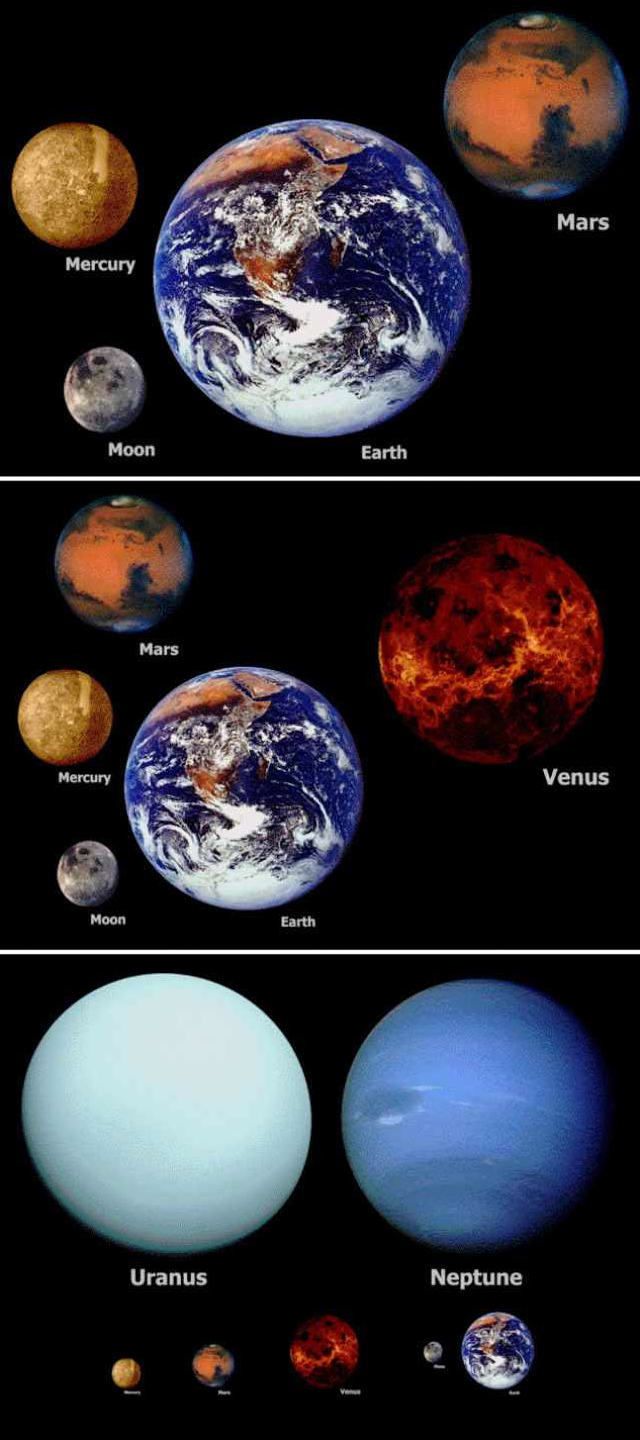
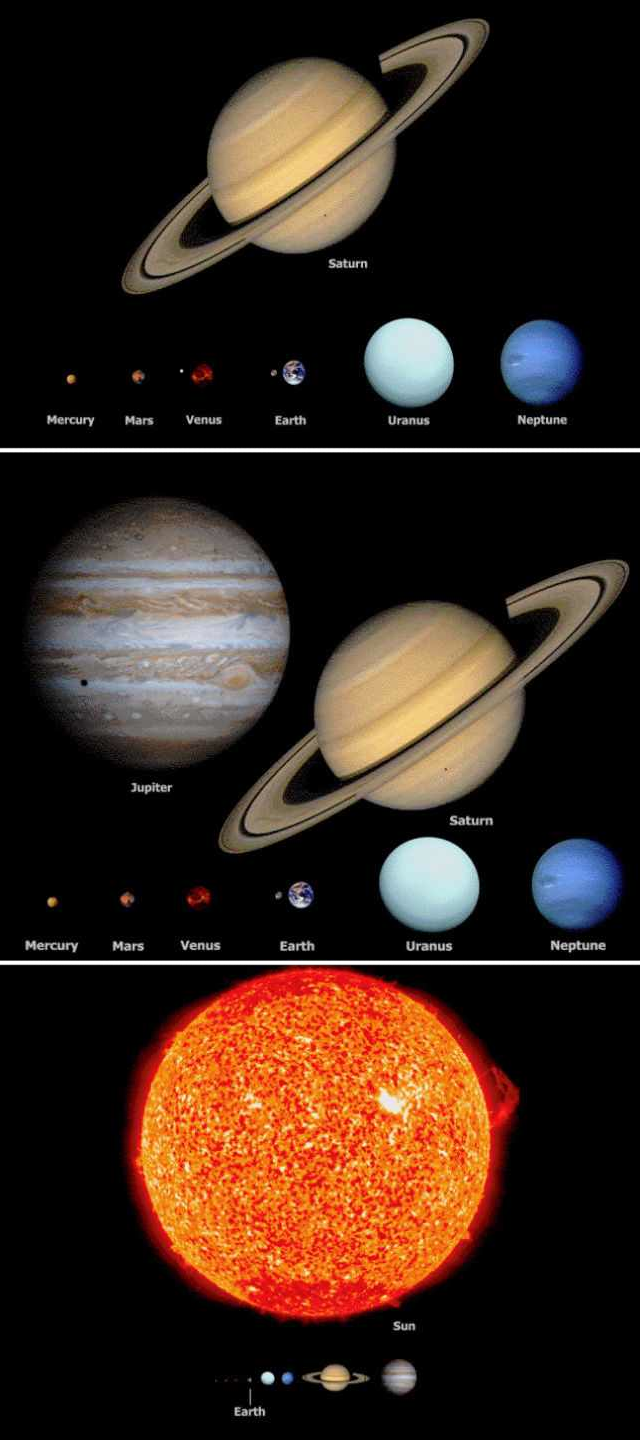
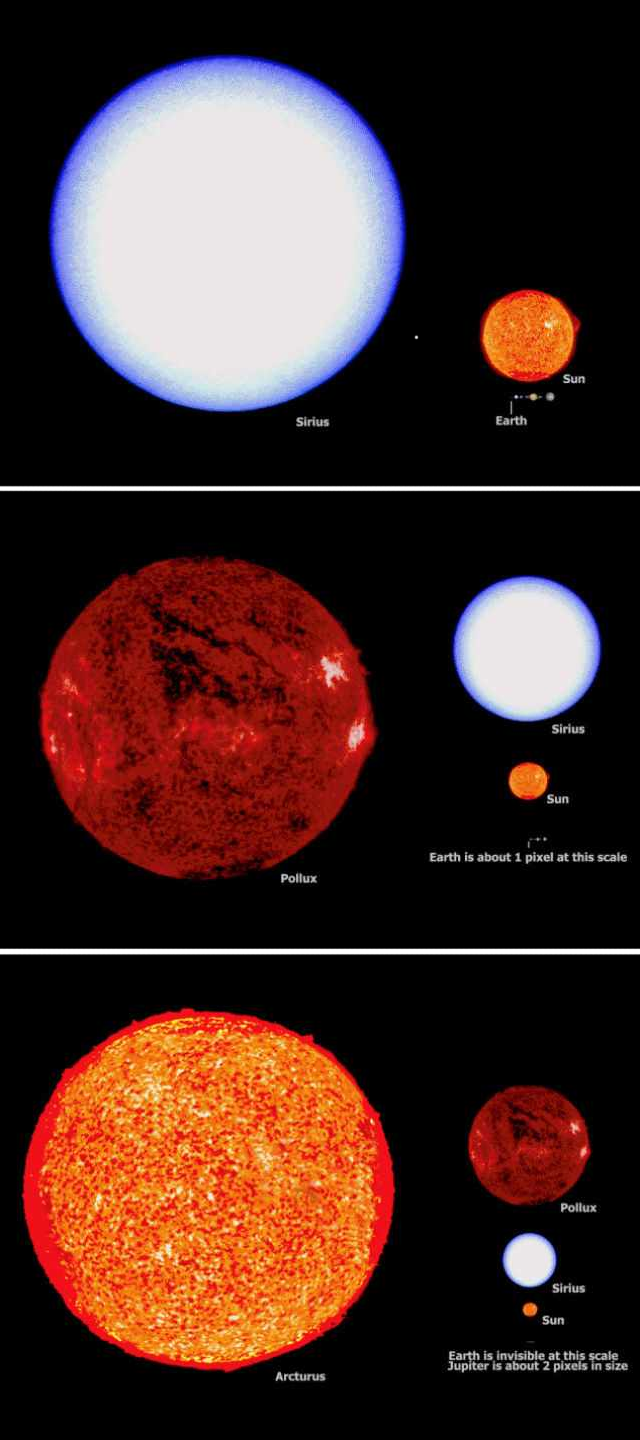



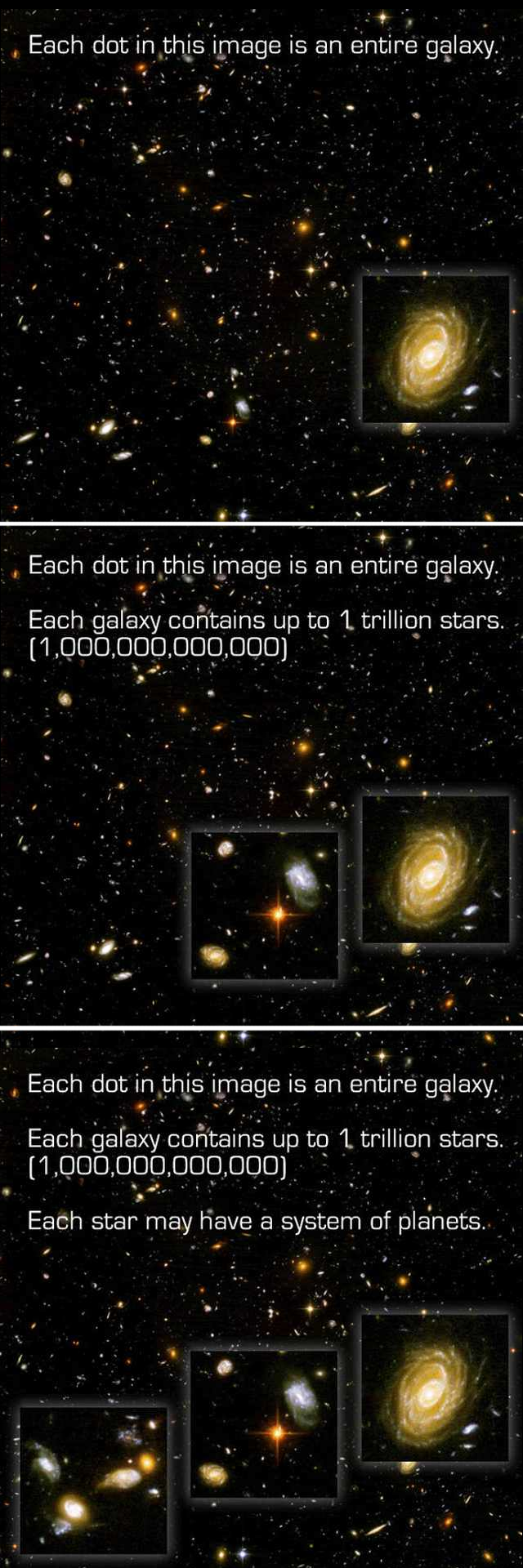

did humans invent math or did we discover it
does math even exist
planetarium presenters trying to explain to a busload of 4th graders how incomprehensibly vast space is



Black Hole Image Makes History; NASA Telescopes Coordinated Observations
A black hole and its shadow have been captured in an image for the first time, a historic feat by an international network of radio telescopes called the Event Horizon Telescope (EHT). EHT is an international collaboration whose support in the U.S. includes the National Science Foundation.
A black hole is an extremely dense object from which no light can escape. Anything that comes within a black hole’s “event horizon,” its point of no return, will be consumed, never to re-emerge, because of the black hole’s unimaginably strong gravity. By its very nature, a black hole cannot be seen, but the hot disk of material that encircles it shines bright. Against a bright backdrop, such as this disk, a black hole appears to cast a shadow.
The stunning new image shows the shadow of the supermassive black hole in the center of Messier 87 (M87), an elliptical galaxy some 55 million light-years from Earth. This black hole is 6.5 billion times the mass of the Sun. Catching its shadow involved eight ground-based radio telescopes around the globe, operating together as if they were one telescope the size of our entire planet.
“This is an amazing accomplishment by the EHT team,” said Paul Hertz, director of the astrophysics division at NASA Headquarters in Washington. “Years ago, we thought we would have to build a very large space telescope to image a black hole. By getting radio telescopes around the world to work in concert like one instrument, the EHT team achieved this, decades ahead of time.”
To complement the EHT findings, several NASA spacecraft were part of a large effort, coordinated by the EHT’s Multiwavelength Working Group, to observe the black hole using different wavelengths of light. As part of this effort, NASA’s Chandra X-ray Observatory, Nuclear Spectroscopic Telescope Array (NuSTAR) and Neil Gehrels SwiftObservatory space telescope missions, all attuned to different varieties of X-ray light, turned their gaze to the M87 black hole around the same time as the Event Horizon Telescope in April 2017. If EHT observed changes in the structure of the black hole’s environment, data from these missions and other telescopes could be used to help figure out what was going on.
While NASA observations did not directly trace out the historic image, astronomers used data from NASA’s Chandra and NuSTAR satellites to measure the X-ray brightness of M87’s jet. Scientists used this information to compare their models of the jet and disk around the black hole with the EHT observations. Other insights may come as researchers continue to pore over these data.
There are many remaining questions about black holes that the coordinated NASA observations may help answer. Mysteries linger about why particles get such a huge energy boost around black holes, forming dramatic jets that surge away from the poles of black holes at nearly the speed of light. When material falls into the black hole, where does the energy go?
“X-rays help us connect what’s happening to the particles near the event horizon with what we can measure with our telescopes,” said Joey Neilsen, an astronomer at Villanova University in Pennsylvania, who led the Chandra and NuSTAR analysis on behalf of the EHT’s Multiwavelength Working Group.
NASA space telescopes have previously studied a jet extending more than 1,000 light-years away from the center of M87. The jet is made of particles traveling near the speed of light, shooting out at high energies from close to the event horizon. The EHT was designed in part to study the origin of this jet and others like it. A blob of matter in the jet called HST-1, discovered by Hubble astronomers in 1999, has undergone a mysterious cycle of brightening and dimming.
Chandra, NuSTAR and Swift, as well as NASA’s Neutron star Interior Composition Explorer (NICER) experiment on the International Space Station, also looked at the black hole at the center of our own Milky Way galaxy, called Sagittarius A*, in coordination with EHT.
Getting so many different telescopes on the ground and in space to all look toward the same celestial object is a huge undertaking in and of itself, scientists emphasize.
“Scheduling all of these coordinated observations was a really hard problem for both the EHT and the Chandra and NuSTAR mission planners,” Neilsen said. “They did really incredible work to get us the data that we have, and we’re exceedingly grateful.”
Neilsen and colleagues who were part of the coordinated observations will be working on dissecting the entire spectrum of light coming from the M87 black hole, all the way from low-energy radio waves to high-energy gamma rays. With so much data from EHT and other telescopes, scientists may have years of discoveries ahead.
Original article:
http://nasa.gov/mission_pages/chandra/news/black-hole-image-makes-history
Time And Space
-
 scolopendragonfish liked this · 4 years ago
scolopendragonfish liked this · 4 years ago -
 mellowmelancholia reblogged this · 4 years ago
mellowmelancholia reblogged this · 4 years ago -
 mellowmelancholia liked this · 4 years ago
mellowmelancholia liked this · 4 years ago -
 primordialbitch reblogged this · 5 years ago
primordialbitch reblogged this · 5 years ago -
 adiposeclot liked this · 5 years ago
adiposeclot liked this · 5 years ago -
 aurea-corde reblogged this · 5 years ago
aurea-corde reblogged this · 5 years ago -
 cpknightly1 liked this · 6 years ago
cpknightly1 liked this · 6 years ago -
 zemmujunkie reblogged this · 6 years ago
zemmujunkie reblogged this · 6 years ago -
 zemmujunkie reblogged this · 6 years ago
zemmujunkie reblogged this · 6 years ago -
 zemmujunkie liked this · 6 years ago
zemmujunkie liked this · 6 years ago -
 vikingsarentwitches liked this · 6 years ago
vikingsarentwitches liked this · 6 years ago -
 elfboi liked this · 6 years ago
elfboi liked this · 6 years ago -
 studying-amongst-the-stars liked this · 6 years ago
studying-amongst-the-stars liked this · 6 years ago -
 lyrastardreams reblogged this · 6 years ago
lyrastardreams reblogged this · 6 years ago -
 thefuturelawyer liked this · 7 years ago
thefuturelawyer liked this · 7 years ago -
 maximobc liked this · 7 years ago
maximobc liked this · 7 years ago -
 phantomwolfbry-blog liked this · 7 years ago
phantomwolfbry-blog liked this · 7 years ago -
 lumienelle liked this · 7 years ago
lumienelle liked this · 7 years ago -
 casualcollectorarcade-things liked this · 7 years ago
casualcollectorarcade-things liked this · 7 years ago -
 nerdsmorgsboard reblogged this · 7 years ago
nerdsmorgsboard reblogged this · 7 years ago -
 nerdsmorgsboard liked this · 7 years ago
nerdsmorgsboard liked this · 7 years ago -
 dougman57 liked this · 7 years ago
dougman57 liked this · 7 years ago -
 vinaigre-balsamique reblogged this · 7 years ago
vinaigre-balsamique reblogged this · 7 years ago -
 sasukesama liked this · 7 years ago
sasukesama liked this · 7 years ago -
 arandomshotinthedark liked this · 7 years ago
arandomshotinthedark liked this · 7 years ago -
 abricde liked this · 7 years ago
abricde liked this · 7 years ago -
 lovedianaxoxox reblogged this · 7 years ago
lovedianaxoxox reblogged this · 7 years ago -
 lovedianaxoxo liked this · 7 years ago
lovedianaxoxo liked this · 7 years ago -
 partyingyourlife liked this · 7 years ago
partyingyourlife liked this · 7 years ago -
 mythran reblogged this · 7 years ago
mythran reblogged this · 7 years ago -
 basilspicturesque liked this · 7 years ago
basilspicturesque liked this · 7 years ago -
 recycledleaf reblogged this · 7 years ago
recycledleaf reblogged this · 7 years ago -
 recycledleaf liked this · 7 years ago
recycledleaf liked this · 7 years ago -
 aci-tip liked this · 7 years ago
aci-tip liked this · 7 years ago -
 spase-kadet reblogged this · 7 years ago
spase-kadet reblogged this · 7 years ago -
 hackr liked this · 7 years ago
hackr liked this · 7 years ago -
 ohmygillygoshoppler liked this · 7 years ago
ohmygillygoshoppler liked this · 7 years ago -
 alchemagick liked this · 7 years ago
alchemagick liked this · 7 years ago
